How to Laser Engrave and Cut Fabrics
How does fabric cutting and engraving work with the laser?
Fabric is quickly becoming a very popular material for both engraving and cutting. Natural fibers, as well as synthetic fabrics, are often cut and engraved with fantastic results with a laser system.
This article will give an overview of some popular engraveable fabrics, as well as some fabrics we’ve learned are not suited for engraving.
The best way to find out if your material works well with the laser is to contact our Applications Lab so we can test the material you will be using.
Micro-Fiber
The most common types of microfibers are made from polyesters, polyamides (nylon), and/or a combination of polyester and polyamide.
It is a durable fabric for laser engraving and produces beautiful results. Using high speed and low power, users can quickly burn away the slightest layer from the top, resulting in an engraving with great contrast.
To avoid burning entirely through the layer of fabric, we recommend testing on various swatches until you find your correct settings.
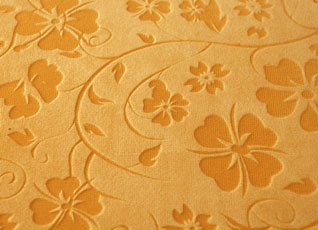
Leather and/or synthetic leather
Synthetic, or "faux" leather has proven to be an excellent fabric for engraving. When laser engraved, this material produces an almost debossed look that is very upscale and sophisticated.
Leather is flexible and durable. It is a material that can certainly withstand laser engraving.
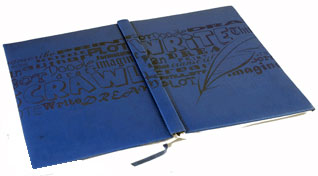
Cotton
100% cotton with a tight weave produces a subtle but elegant engraving. It’s important to note how close the threads are – the tighter the thread the better the engraving will be. Make sure the cotton is tightly-knit enough to sustain the power from the laser. For an example of this, check out our laser engraved cotton napkins.
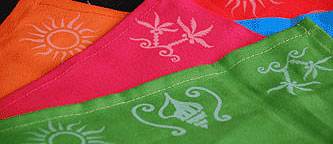
Other tips and tricks for fabric engraving:
- Generally speaking, higher speed and lower power settings are necessary. The idea is just quickly burn away the top layer of fabric to produce the engraved contrast.
- Since you're only burning away a slight portion of the fabric, select a low resolution level from the Laser Dashboard™. This will help ensure your engraving does not go too deep
- Use sturdy materials that are closely knit. Loose knitting (like that found in terry cloth) is more prone to scorching than engraving.
- Fabrics that DO NOT engrave well include terry cloth (robes, towels, etc.) and plush (bathroom rugs, toys, etc.) For the most part, the threads are not tightly-knit and lend themselves to burning as opposed to engraving.
- Other fabrics that engrave nicely include fleece, felt, denim and genuine leather.
Appliqués and Fabric Cutting:
Lasers are increasingly being used for their ability to create intricate cuts on a wide variety of materials.
The highly accurate precision cut of a laser provides you with great consistency and control. Additionally, laser cutting material results in perfectly seared edges to prevent fabric from unraveling. Increased speed and higher cutter throughput, coupled with automated and computer-controlled cutting ability allows for an extremely small cut width and precise, detailed work.
The felt holiday bag appliqué below was cut using a 35-watt Mini 18, while dragon appliqué was created on a Helix and is cut from sticky-back two-ply twill. Utilizing the laser's color mapping feature you can set the various vector line to either cut through both lasers of fabric or just kiss-cut the fabric to show the color underneath. After you have cut the fabric you can heat press the appliqué, or convert the file to stitch it on a garment.
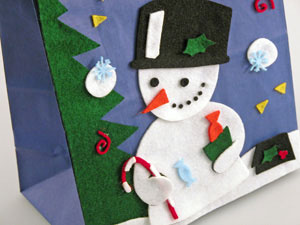
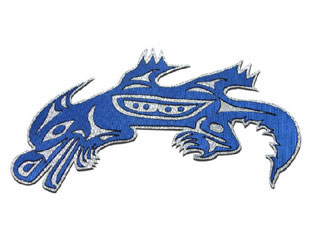
If further assistance is required, please visit www.epiloglaser.com/support to contact Epilog Laser Technical Support.
Attachments:
No attachments.